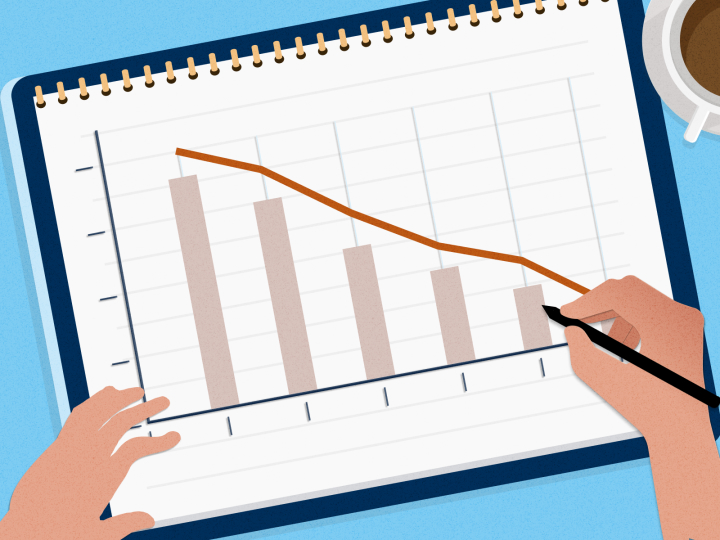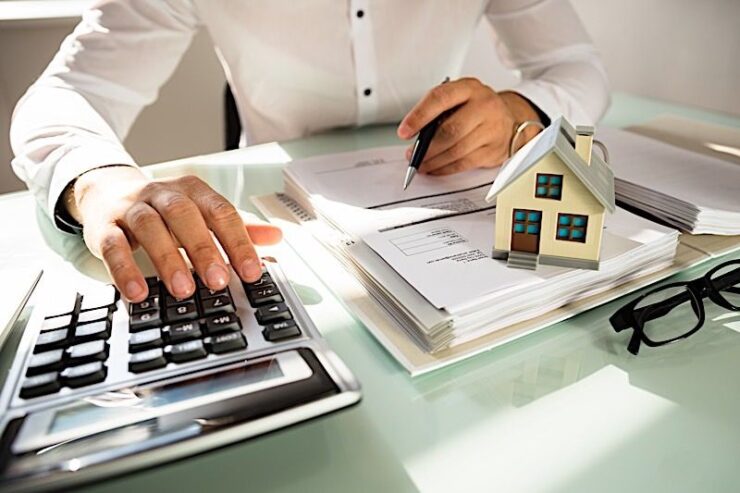If you’re in the business of accounting, you know that depreciation is an important concept to grasp. But what if you need to calculate it manually? In this blog post, we’re going to walk you through the process of how calculating depreciation manually. We’ll go over some key concepts and formulas you need to know so that you can be prepared for when your clients ask you about this important financial metric. Read on to learn more!
What is Depreciation?

Depreciation is the process of allocating the cost of an asset over its useful life. The purpose of depreciation is to reflect the consumption of the asset’s value over time.
There are several methods for calculating depreciation, but the most common method is the straight-line method. Under this method, depreciation expense is equal each year over the useful life of the asset.
The amount of depreciation that an asset will incur each year is calculated by subtracting the salvage value from the original purchase price and then dividing that number by the useful life in years. Depreciation calculator websites can be found online to automate this calculation.
What are the Benefits of Calculating Depreciation Manually?
There are a few benefits to calculating depreciation manually.
– First, it allows you to have more control over the process and ensures that all the necessary information is accounted for.
– Second, a manual calculation can provide a more accurate estimate of depreciation than some automated methods.
– Finally, calculating depreciation manually gives you the opportunity to keep track of changes in asset value over time, which can be helpful for tax purposes or when making future budgeting decisions.
How to Choose the Right Method for Calculating Depreciation?

There are a few different methods for calculating depreciation, and the right method for you will depend on a variety of factors. If you’re looking to calculate depreciation manually, there are a few things you’ll need to keep in mind.
– The first thing to consider is what type of asset you’re depreciating. Different assets depreciate at different rates, so it’s important to choose a method that takes this into account. For example, if you’re depreciating a vehicle, you’ll want to use a method that accounts for the fact that vehicles have a higher rate of depreciation than other assets.
– Another factor to consider is how often you’ll be using the asset. If you only plan on using it occasionally, you can choose a method with a lower depreciation rate. However, if you plan on using the asset frequently, you’ll want to choose a method with a higher depreciation rate so that you can get more accurate results.
– Finally, you’ll also want to consider your personal preferences when choosing a method for calculating depreciation. Some methods are more complex than others, so if you prefer something simpler, you may want to choose one of the simpler methods. On the other hand, if accuracy is your main concern, you may want to choose one of the more complex methods.
Conclusion
Calculating depreciation manually can be a tedious and time-consuming task. However, it is important to have a clear understanding of how depreciation works in order to make sound financial decisions for your business. We hope that this article has provided you with a helpful overview of the basics of calculating depreciation.

